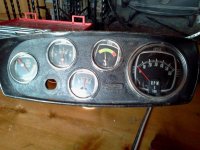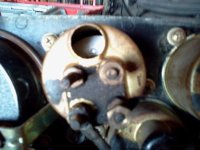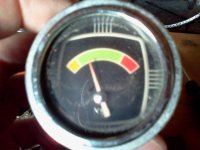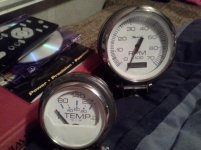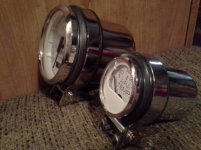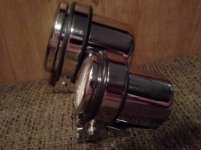haventaclue
Outstanding Contributor
Hi folks I'm thinking about installing a temperature sender in the blanked hole between cyls 2 & 3 on my '69 Merc800,1/8"-27NPT I'm thinking.
I have a Mercruiser gauge which I would like to use,so could anyone tell me the spec for the sender I need,resistance and temp. range,I'm also at a stage where I have no qualms about tapping the hole bigger if need be.And I have trawled the net looking
The markings on the gauge read SW 479 J 12V NEG GND 07.12 V NEG GND, I understand,the rest ????????
Or is there any chance a standard sender will work?
Any advice,as always greatly appreciated,except taking the black beauty and dumping her over the end of the pier,

I have a Mercruiser gauge which I would like to use,so could anyone tell me the spec for the sender I need,resistance and temp. range,I'm also at a stage where I have no qualms about tapping the hole bigger if need be.And I have trawled the net looking
The markings on the gauge read SW 479 J 12V NEG GND 07.12 V NEG GND, I understand,the rest ????????
Or is there any chance a standard sender will work?
Any advice,as always greatly appreciated,except taking the black beauty and dumping her over the end of the pier,


